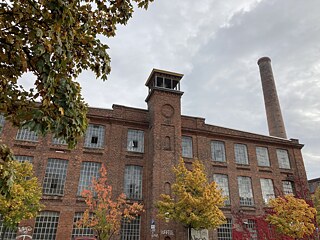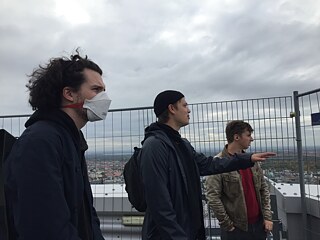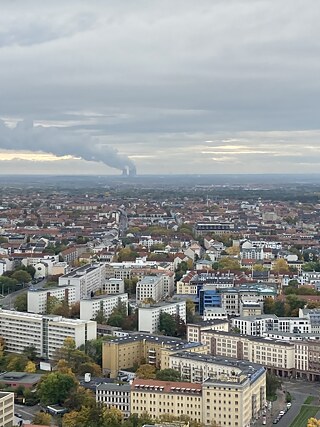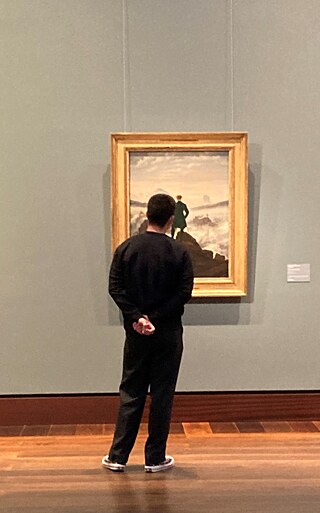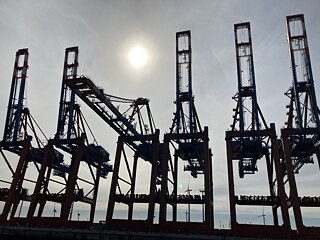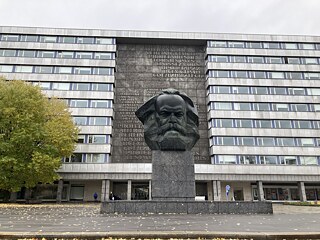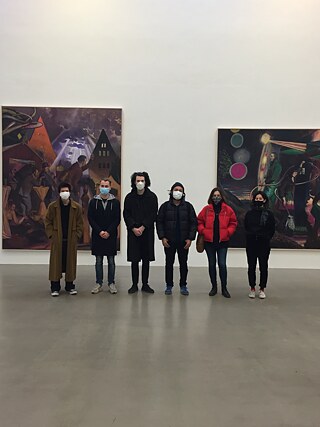A Residency Report
The Wanderer
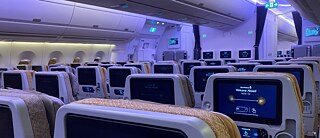
By Sam Clague
2020. Amidst the deafening turmoil of a world grinding to an undignified halt, I found myself offered an incredible opportunity by the Goethe-Institut. I began my journey in late August, en route to Germany via the almost entirely deserted Changi Airport in Singapore. The journey was surreal, with kilometres of awkwardly unoccupied airport corridors, near empty planes, and 48 hours of consistent mask wearing, even while sleeping.
Without delay, and without COVID, I arrived at Frankfurt Airport and took the first train to Leipzig, where the LIA residency programme is based. I had read that it was situated in the largest cotton processing plant from the 19th century, but I had no comprehension of the majestic, ex-industrial, artistic-utopian fantasy I was walking into. Formerly a factory and workers’ village, the Leipziger Baumwollspinnerei (‘Spinnerei’ for short) is a 10 hectare complex comprising 22 large brick halls which today house over 100 ample studios, 14 galleries, and the largest art supply store I had ever seen.
I was soon settled in my 80 sqm studio/bedroom (significantly larger than my entire flat in Wellington) where I would spend the next three months working and living, along with fellow residents from all over Europe and Asia.
One of the first trips we made was to the small university town of Freiburg; not typically on the tourists’ agenda, but a beautiful example of the quintessential towns in East Germany. Home to one of the oldest universities of mining and metallurgy in the world, we were escorted hundreds of metres down an old mineshaft, by an explosive shockwave engineering expert, who gave us a tour of the old mine which now housed his explosives laboratory. It was an absolutely fascinating and highly unexpected day trip. Down in the depths of the Ore Mountain Mining Region, we were shown the lab, where small precision industrial blades were strengthened through exposure to explosive shockwaves, as well as a small catering/dining area, an experimental, bacteria-based mining operation, and a customs-sealed room where barrels of expensive whisky were being aged deep below the Earth’s surface.
Our next group adventure was to Hamburg, home to one of the most wonderful collections of art I have had the privilege of exploring, at the Hamburger Kunsthalle. We were there to attend the opening of an exhibition including a fellow resident, and afterwards ended up playing pool in a smoky bar until the early hours. The next day, on advice from the programme director, a few of us took a tour by boat of the Hamburg port. Although initially skeptical, it turned out to be one of my favourite experiences in Germany; out there, dwarfed by the sublime and almost sinister machinations of global trade, we had the most amazing view of the beautiful historic and contemporary architecture of Hamburg.
Two other trips certainly worth mentioning were to Dresden and Chemnitz. Although largely rebuilt, the formidable beauty and historic wealth of Dresden were still omnipresent, and I left with my head swimming from the jaw-dropping architecture and collection of cultural treasures and artworks housed at the Staatliche Kunstsammlungen. Chemnitz, while less majestic, offered another kind of insight into the region's history, being peppered with Plattenbau (Soviet housing leftover from the DDR), and home to the largest bust of Karl Marx in the world.
In between these wonderful excursions the LIA programme hosted many reciprocal studio visits with artists and art professionals, and facilitated a group exhibition for the studio artists as part of the Spinnerei’s annual ‘Rundgang’ where every gallery in the complex celebrates with a new show. The event brought thousands of people to the Spinnerei, and upwards of 400 visited our exhibition alone within the 48 hours it was open.
In spite of the pandemic, I managed, with the help of the Goethe-Institut and the wonderful organisation of the LIA programme, to have a thoroughly immersive German experience. In a normal year I would have roamed further afield, but I am extremely grateful for this singular and unique chance to appreciate such a rich and culturally vibrant part of Germany, and to have the time and materials afforded to allow me to create a large body of new artwork as well. It was a thoroughly enriching and productive experience, and I left feeling that I’d had my cake and eaten it too, enjoying the perfect mix of professional development and taking in the local colour.
Upon returning to New Zealand I have managed to secure three exhibitions of the work made in Leipzig, two in Christchurch and one in Auckland, to open over the next three months. I am extremely proud of how my practice developed in those three short months, and would advocate for all varieties of artist to apply for this opportunity once the world resumes turning.
